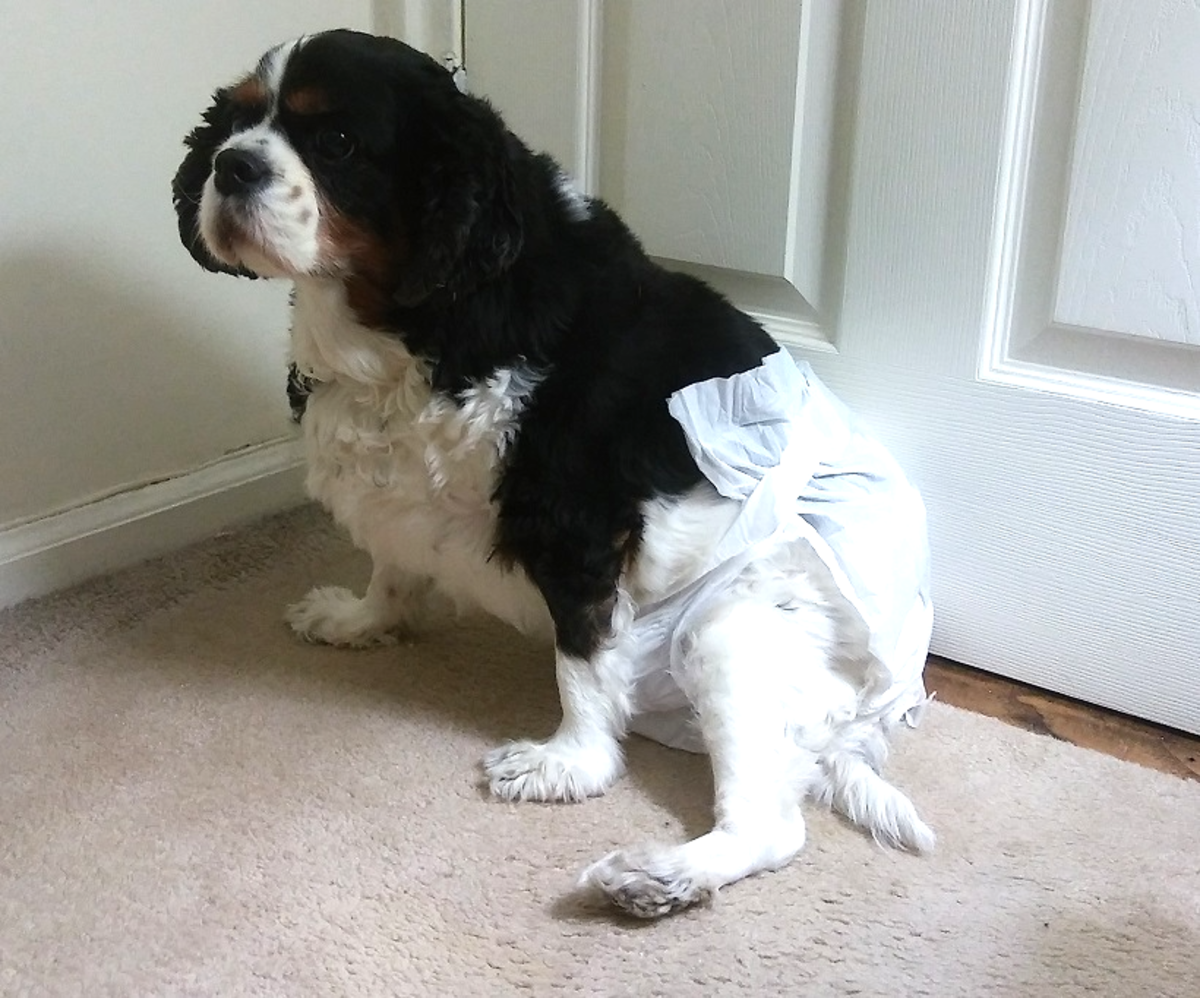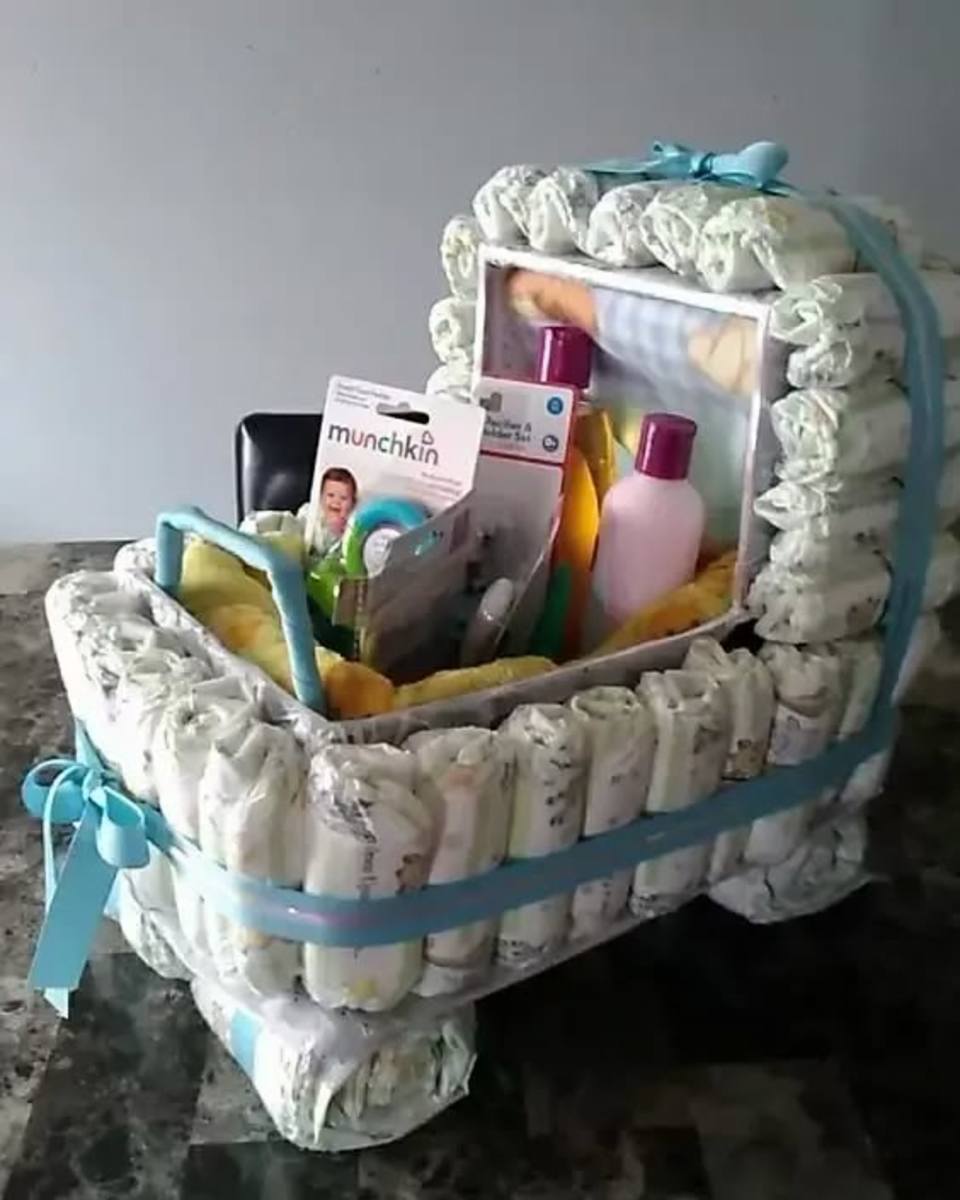Cloth Diapering on the Cheap: 5 Tips to Cut Costs
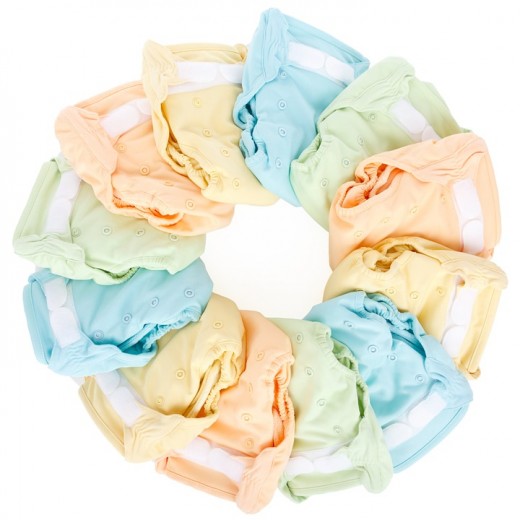

Cloth diapering seems to be gaining more and more popularity among modern parents, and the evidence is abundant in the increase in adorably adorned fluffy baby butts toddling the world around us! Parents are choosing to ditch the “sposies” for what some might consider a more primitive form of diapering. The reasons are many and include things such as reducing the amount of chemicals on baby’s skin, cutting the amount of waste produced, skin allergies, decreasing diaper rash, ease of potty training and, of course, a significantly increased level of cute. Perhaps the most common and significant reason for choosing cloth, however, is the incredible savings parents can accrue throughout the entire diapering stage. In fact, in a world where parents agree on so little, it is universally accepted that diapering is expensive!
Every time you purchase a cloth diaper, you are making an investment that, if treated correctly, can work for you throughout the entire diapering stage of your child and even subsequent children. This can save you several hundred to upwards of a thousand dollars in the lifetime of just one child and even more for multiple. The difficulty, though, is that cloth diapers require an initial investment that can be hard to swallow. There are many different styles, brands, and sizes of cloth that vary greatly in price per diaper. For example, a bumGenius 5.0 pocket-style diaper sells for around $20 a piece on their website, an Alva Baby all-in-one sells for around $7 here, and a dozen sized prefolds from Green Mountain Diapers will run you around $20. In addition to the diapers themselves, you will need to consider the additional costs and products that you may need as well. For example, a diaper pail, wet bags, drying rack, clothesline, diaper sprayer, wipes, wipe solutions, laundering supplies, increases in water and electricity bills, cloth safe diaper creams, etc.
Researching all of these things can be incredibly intimidating as information usually comes from a wide range of resources that all have different values regarding the subject. If your main concern with cloth is ease of use, you will want to look into all-in-one style diapers. If you chose cloth for the main purpose of having all natural fibers against baby’s skin, you will want to look into brands that use natural, organic materials. Both of those options are wonderful, but they may cost you quite a bit more than some of the alternatives. If financial savings is top of your list for reasons to join the ranks of cloth diapering parents, you may be having a difficult time deciding where to start. Because most of the information out there regarding cloth comes from websites intended to sell you their product, some of the best money-saving tips can be hard to find.
Here are 5 money-saving tips from an avid cloth diapering mom:
Tip #1: Flower Sack Towel Flats
Flats are basically a large square of fabric that is folded and used with a waterproof cover. They are probably the most primitive of the cloth diapering options, and they require the extra step of folding, but they also have many advantages. For example, many cloth diapers, even those claiming to be one-size-fits-all, simply cannot get a good fit on newborns. In fact, many people purchase two complete stashes of diapers- one for the newborn stage, and one for use after that. This, as you may have guessed, is not the most financially savvy option. Flats, however, are truly one-size-fits-all because you can fold them however you want to customize the best fit. They do require that you also purchase waterproof covers, but the good news is that a cover typically lasts through multiple diaper changes, so you only need a few of them. You may also choose to use pins or, my personal preference, a snappi to hold the flat on your baby before you add the cover. Snappis sell for around $5 apiece at Green Mountain Diapers, but there are often better deals to be had on eBay. Flats, just like any cloth diaper, vary greatly in price from fairly cheap to rather expensive. For example, a dozen Birdseye Cotton Flat Diapers sell for around $24 on Kelly’s Closet, but a six pack of Hemp Babies Flat Cloth Diapers go for around $65 on the same site. Flower sack towels, a cotton fabric typically meant for use in the kitchen, can usually be found at your local Walmart for around $1 or less each in packs of 5 or 10. Added bonus- because you can pick them up in store, you can bypass additional shipping charges! Other benefits to this method of diapering include the ability to customize more or less absorbent layers with different folds and number of flats used, reduced chances of leaking because of the ability to get such a good a fit particularly around the legs, and ease of washing.
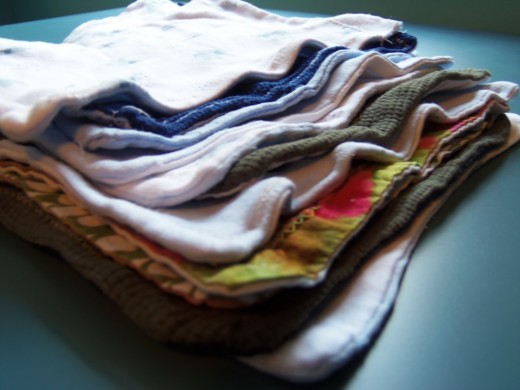
Tip #2: Cloth Wipes-Make Them Yourself
If you’re already using cloth diapers, why not take the plunge and use cloth wipes too? All of your reasons for using cloth diapers apply to wipes, as well. You’re already doing the laundry, and why should you make that extra trip down the diaper aisle when you can wipe it out altogether (pun intended!)? You can buy them for about $13 dollars for a pack of 12 here, or you can make them yourself out of old fabric you have laying around for free! Many people will recommend a two-layer wipe with one side being cotton and the other flannel or two layers of either fabric. While you can certainly purchase fabric locally, the average family has plenty of old clothes/receiving blankets/sheets/washcloths around just waiting to be upcycled. Old flannel pajama pants make great wipes, as do old cotton t-shirts! A quick trip to YouTube and you will be well on your way to sewing your own double-layered wipes! Not great at sewing? Have trouble with straight lines? It really doesn’t matter. Remember, these will literally be used to wipe an admittedly adorable but dirty bottom, so the stakes really are not very high. If you really don’t want to go through the hassle, however, baby wash cloths are another excellently frugal option!
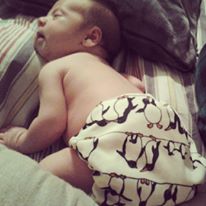
Tip #3: Laundry Detergent Choice-Try Foca!
One of the most intimidating aspects of cloth diapering to a prospective cloth convert is the idea of washing those suckers. Any number of Google searches will send you to any number of websites that will have any number of different wash routines, and each one will stress the importance of washing their way or risk death and destruction. One hour of research on the topic, and you will be amazed that you can actually experience such a level of anxiety over laundry. Who knew it was rocket science, anyway? You will find argument upon argument for the best cloth diaper safe detergents, and testimonials will have you trembling from the apparently momentous decision before you. Some will insist that only detergents designed specifically for diapers such as bumGenius or Charlie Banana brands for around $15-$20 for 70 to 100 washes will do. Others will swear by Tide Original for about $14 for 32 loads, and the list goes on and on. Some will even suggest a more financially conservative option of making your own detergent from ingredients such as Washing Soda, Borax, and OxiClean. While this allows you to create laundry soap in bulk for cheap, the ramifications of having a weak detergent without any enzymes can be detrimental to both your diapers and your little one’s poor bum. Foca detergent, however, is a very frugal and effective option. With a cost of less than $4 for a 4.4 lb bag at Walmart, Foca is one of the most highly recommended detergents for cloth diapers, and it is a wonderfully effective choice for your regular laundry as well. It is a powder detergent, so it may not work for all washing machine models, but for those that can handle powder, Foca may very well be the detergent of your dreams! Also, if you have sensitive skin in the family, you can typically find a much smaller bag for less than $2 to try before you commit to the larger. Even if Foca isn’t for you, try and find a detergent that works for all of your laundry needs so that you can save on trips back and forth to the store and/or shipping costs!
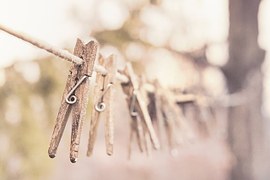
Tip #4: Use a Clothesline
Worried about an increase in electricity costs from additional loads in the washer and dryer? One way to combat this is to use a clothesline! There are many different models and types out there like this simple, retractable clothesline from the Home Depot for about $10. Hanging your diapers to dry will take a little bit of extra time, but the added benefits certainly outweigh this. For one, hanging your diapers instead of using a dryer may significantly increase their total lifespan, thus increasing your return on that initial investment. Also, regular sunning is actually good for your fluff as it helps to combat staining. The sun may also deter yeast, an invisible fungus that can cause a nasty diaper rash, from colonizing your fabric thus potentially saving you money on doctor visits and prescription creams and saving your little one some discomfort
Tip #5: Sensitive Skin Woes- Stay Dry Liners
In the initial stages of cloth diaper research, you will find many testimonials filled with rainbows and sunshine about the beautiful, simple, and overall greener grass that is cloth diapering. After all the glowing endorsements, you will begin to see your future diapering journey as one initial hill of a learning curve to crest and then smooth sailing from there. In fact, most people find that cloth diapering requires plenty of patience, flexibility, and perseverance as you find what works best for you and your little one. One of the more difficult hurdles that many have to overcome, for example, has to do with skin sensitivities. For every parent out there claiming that cloth diapers are the absolute end of diaper rash, period, another will fight the urge to pull out their hair and throw in the towel altogether for the exact opposite conclusion. Many little bums are simply very sensitive. Whether it is to your fabric of choice, more commonly to your detergent, and more common still to wetness in general, your baby may very well have a sensitivity issue that you will have to address. Sensitivity to wetness is pretty typical, and it can often be combated simply by more frequent diaper changes. Unfortunately, we are humans who occasionally go on long car rides and who dream of sleeping straight through the night. For these instances, there are products a plenty to help keep that precious tush dry. For example, you can purchase bummis fleece liners for about $9 for a pack of 5, and they can typically be washed along with your regular diaper wash. A more frugal option, however, would be to simply make your own! Fleece is a great fabric because it wicks moisture away from your baby’s skin, allows it to pass straight through to the absorbent layers of the diaper, and then acts as a barrier keeping your baby nice and dry. Luckily, many families have old fleece blankets, pajama pants, or something of that nature lying around. The process to make your own liners is simple. Cut out a rectangle big enough to set inside of the diaper. No need for sewing or hemming unless it is your preference. No fleece around the house? Check your local Good Will! Walmart is also known to occasionally carry small fleece blankets for around $3 that are perfect for cutting into liners.
Cloth diapering is an exciting venture that more and more families are choosing to embrace! The cost effectiveness is absolute so long as you don’t allow the prospect of that initial investment to scare you away from taking that leap. These five tips will help to cut costs as you build your stash and all along your journey! Happy diapering!




